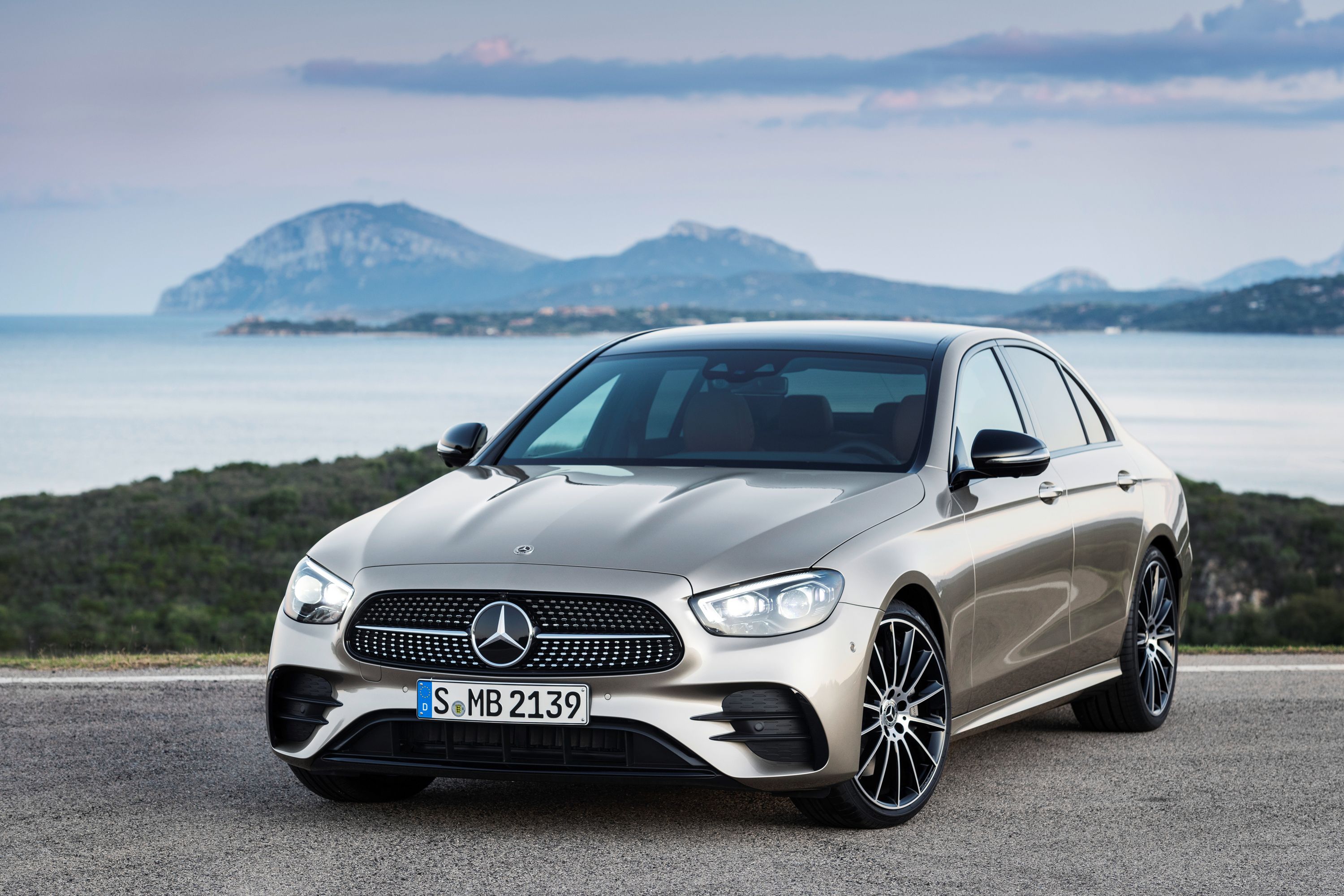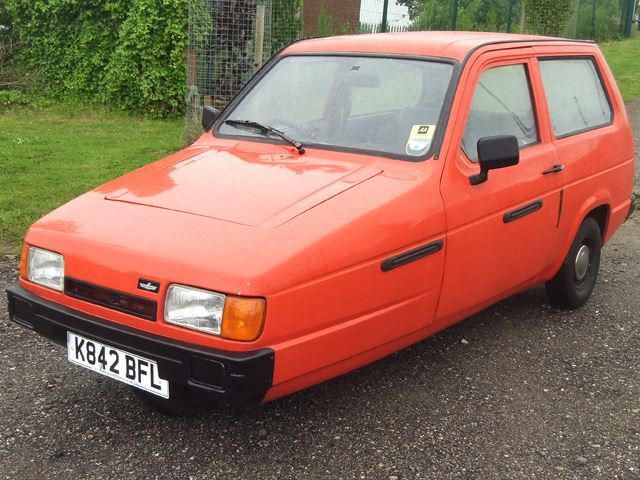
Three-wheeled cars are a weird and some would say an unfortunate phenomenon. Their intended purpose has typically been to take advantage of a loophole in tax laws which classify vehicles with three wheels as motorcycles, thus making the running costs slightly cheaper. This is a primarily British phenomenon, and it is from the UK that we get the most popular of all three-wheelers, the Reliant Robin, a car which was produced in basically the same form for several decades.
In the days when the automobile was still a relatively new thing, there were a number of bicycle manufacturers all over the world which elected to switch to this new vehicle type. One such company was Raleigh, of Nottingham, United Kingdom. Raleigh had been making motorcycles since 1899, and in 1930 rolled out a three-wheeled van based heavily on a motorcycle. But the company had never fully made the switch to motor vehicles, and decided to dump the van in 1934, whereupon two employees bought the rights to the vehicle and started their own company.
This new company was Reliant, and following WWII, it evolved the van into a more of an actual car, complete with an enclosed front end. This started with the fairly primitive Regent, followed soon by the car-like Regal, precursor to the Robin. As bare-bones and simple as the Robin may appear, it was actually a big step forward for Reliant in terms of design. The Robin's lightweight design and efficient use of interior space meant that it offered much of the same usability as a regular four-wheeled car, while still offering the tax and insurance advantages of a three-wheeler. Hence the car's popularity, especially in its native UK.
The Robin would become the second most popular fiberglass-bodied car in the world, after the Corvette, and make Reliant the biggest consumer of the material in Europe. Production would initially last from 1973 to 1981, but would then be revived in 1989 and lasting until 2002. The design of the Robin is unusual, even for a three-wheeler. The water-cooled engine is located in the front, but unlike most three-wheelers, so too is the single wheel. It has been said that this design (officially known as a "Delta" design in the parlance of three-wheelers) is unstable, and there is definitely some truth to this.
Robin owners have always been quick to defend the vehicle's safety record, and a recent survey declared Robin owners to be the safest on UK roads. But it should be noted that this is a commentary on the drivers only, and an argument could be made that the knowledge that one is driving a death trap would tend to make you cautious. Jeremy Clarkson famously rolled a Robin repeatedly on an episode of Top Gear, one which is particularly hated by Robin owners. It should be said that Clarkson was rolling the car on purpose, but it would take a monumentally stupid person to mistake this segment for serious consumer safety advice.
That said, it is still something which would have been considerably more difficult to do with a four-wheeled car, or even a three-wheeler with the single wheel in the back. The 750cc engine (later upgraded to 850cc) was never going to make for a particularly quick car, even though the Robin weighed less than 1,000 pounds. But it served its purpose, as unglamorous as it might have been. Reliant briefly offered a version for those who preferred four wheels and an even more emasculating name. This was the short-lived Kitten model, but it was soon found that a four-wheeled version of the car was basically pointless.

